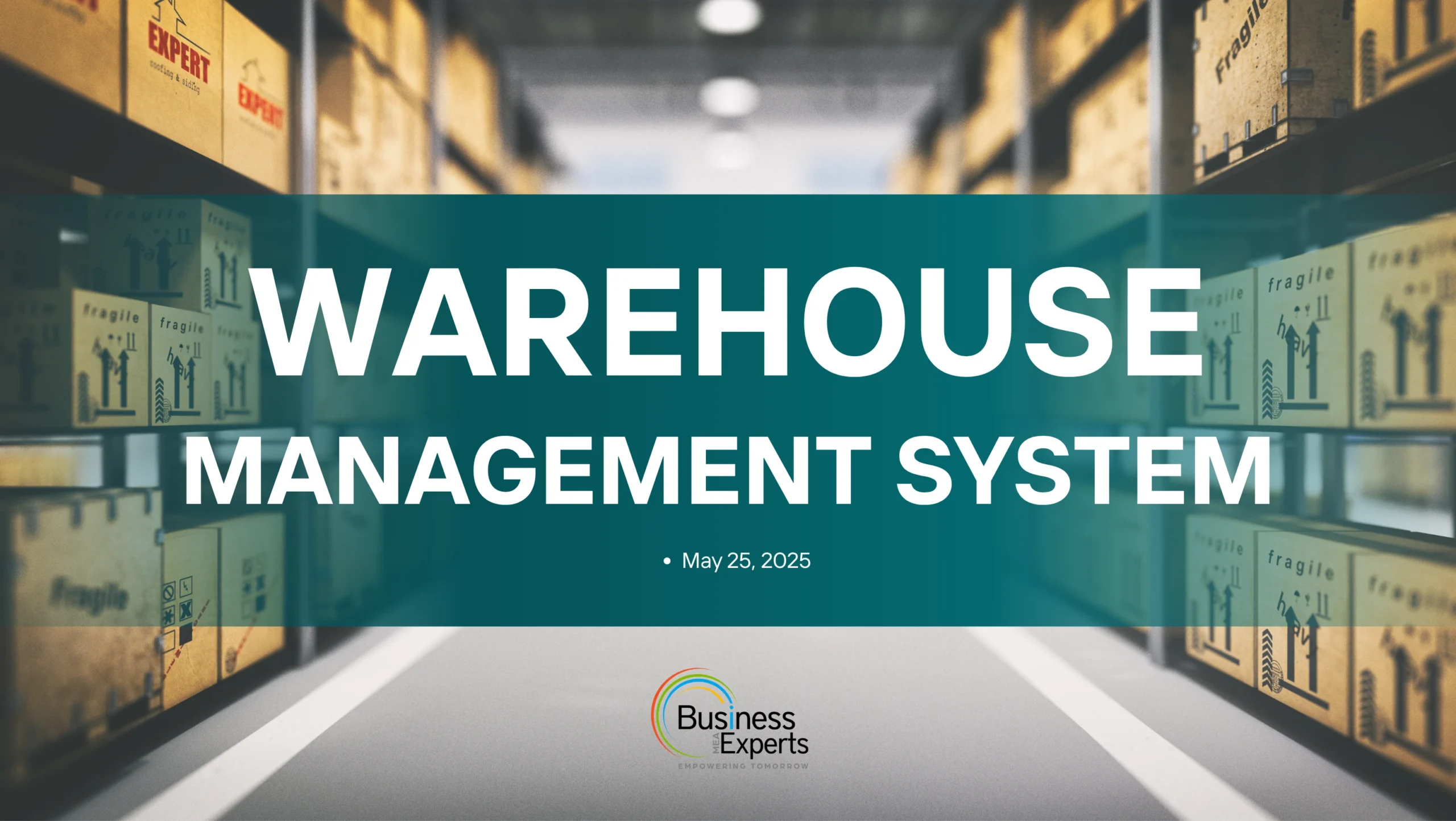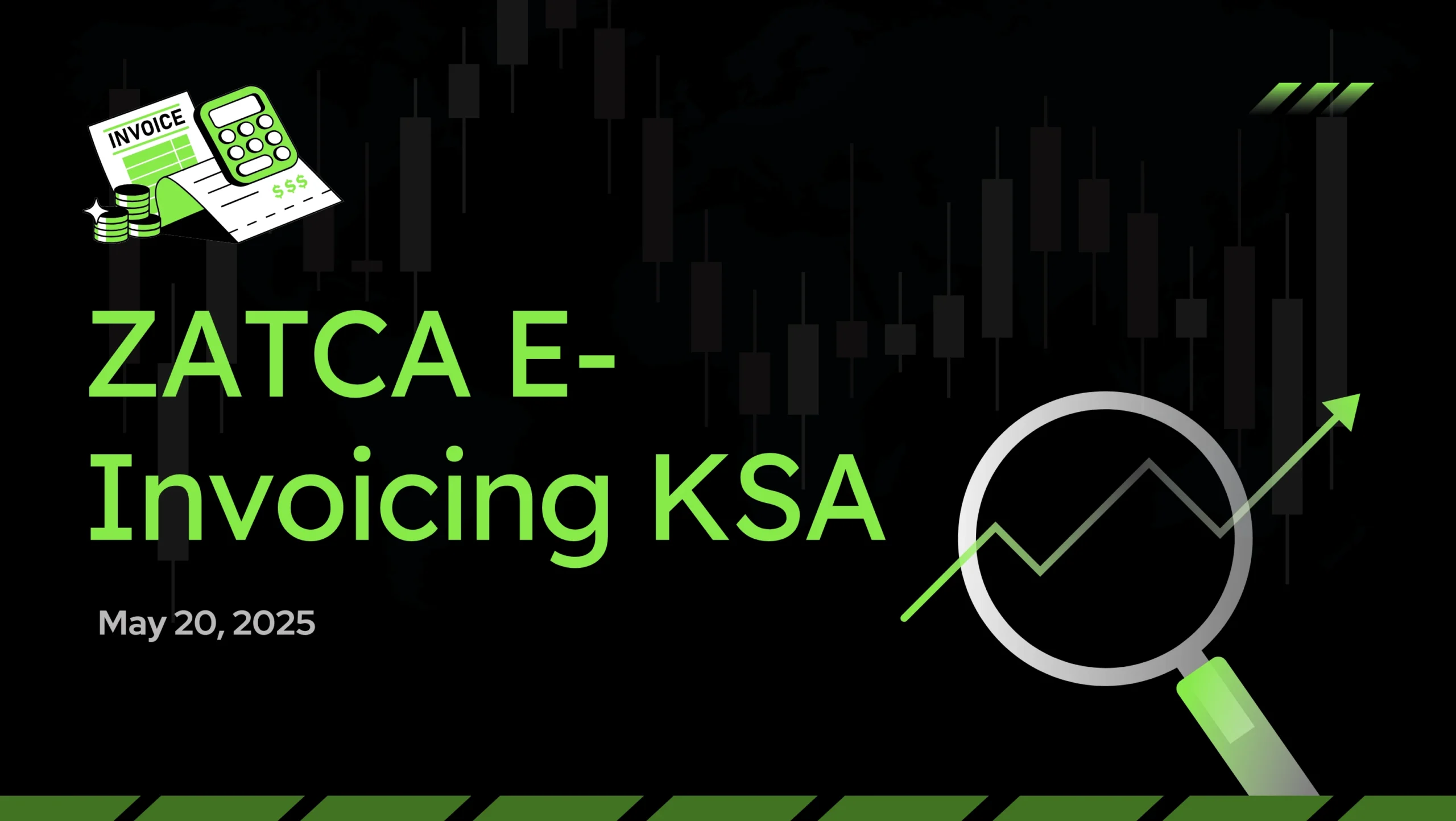The forecasting of climate, though one of the most known words being used commonly nowadays, is predicted to deteriorate critically. One type of method that deals with the past data and then predicts the future can be termed Forecasting. In Customer Service Dynamics 365, forecasting is as important as it allows organizations to predict future demands, allocate resources effectively, and maximize service delivery. Microsoft Dynamics 365 Customer Service has installed a forecasting feature that would help businesses manage their service volumes and agent demands realistically. Together let’s take a look at how forecasting functions in Dynamics 365 Customer Service.
What is Front-office and back-office forecasting?
Dynamics 365 customer service manages different service channels, both front office and back office, which demand forecasting for resource planning, thus enabling efficiency, productivity, and enhancing customer satisfaction. The front office often includes the activities of customer service, sales, marketing, and support, while the back office has administrative tasks such as order processing, inventory management, billing, and finance. The joining of the two methodologies, namely front and back-office operations, not only helps you plan your resources and improve the services you deliver, but it also ensures that there is overall business success.
Daily Volume forecasting
Dynamics 365 Customer Service forecasting is game-changing, giving daily, and intraday forecasts on case and conversation volumes. By having a window of forwarding up to six months, the organization can benefit greatly in knowing what is in store and changing its service demand to adapt to the environment before it becomes worse. Additionally, the systematic intraday forecasts which are at 15-minute intervals and granular planning for up to 6 weeks, allow for setting the appropriate plan and the right use of resources
Define Agent Forecasting
There is no major difference between volume and agent forecasting. It is an advance of volume forecast, where organizations can forecast agent demand for conversations on a daily interval for up to 6 months into the future. It also provides intraday forecasts at 15-minute intervals. In short, it ensures that agents are adequately prepared to handle customer inquiries and requests.
Incorporating service-level metrics
This particular method gives the agents a constant flow of work and it ensures that customers’ interactions are handled promptly and correctly. By considering service metrics like the response time and the rate of the cases solved, organizations will increase the forecasting accuracy ensuring quality at a high level of service and client satisfaction.
Auto-detection of Seasonality:
Description: The AI model uses historical traffic patterns to learn automatically seasonal variations and service demand.
Benefits: With this function, less resource-consuming operations are introduced to meet the seasonal shifts in customer activity and hence prevent the change in weather from having major impacts on business activities.
Impact: A financial organization can keep a steady level of service regardless of seasonal factors, even if there are large shifts in demand.
Auto-detection of Holidays:
Description: The forecasting model uses the data of the history and automatically identifies the holidays, improving the prediction accuracy.
Benefits: Enables managers to tailor the operating system to cope with holiday-induced changes in demand both within and beyond individual regions.
Impact: Boosts the service quality provided when there are holidays to avoid the negative impact of the holidays’ effect on clients’ activity.
The major difference between Forecast and actual charts
The main distinction between forecast and actual charts comes from the fact that the former depicts projected as opposed to actual results. Weather forecast charts show predicted values based on models and historical data, which can help in planning and decision-making. On the contrary, real or actual charts are drawn to show the realized values or past performance. Therefore, they offer a retrospective view rather than a guided made-up hypothesis. On the other hand, forecast charts are centered on future predictions, but actual charts help in analyzing strategies and, generating performance reports. They are both crucial for company research, with forecast charts making it possible to create the buffer capacity for the future and actual charts providing the power for the retrospective analysis which is aimed at digging into the causes of the problem.
Final Art
To illustrate, forecasting service demand and planning with Dynamics 365 Customer Service empowers businesses to deliver excellence in resource management, service quality, and customer satisfaction. Through implementing complex forecasting models and constant refining, businesses would be made possible to be evaluative, progressive, and prepared in the face of the varying levels of service requirements, sustaining them during hard times efficiently.











